Indonesia on November 9 inaugurated a $100 million floating solar farm, a major milestone in the transition to green, renewable energy.
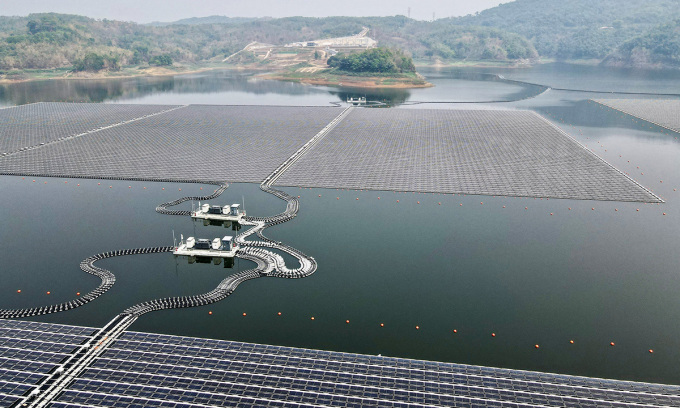
A new floating solar power plant is being built on a lake in West Java. Photo: Bay Ismoyo/AFP
The newly inaugurated Cirata floating solar farm is expected to produce enough electricity to power 50,000 homes. It is built on a 200-hectare lake in West Java, about 130 kilometers from the capital Jakarta. "We have built the largest floating solar farm in Southeast Asia and the third largest in the world ," said Indonesian President Joko Widodo.
The project, a collaboration between Indonesia’s national electricity company Perusahaan Listrik Negara (PLN) and Abu Dhabi renewable energy company Masdar, took three years to complete at a cost of around $100 million. Located in a lush green area surrounded by rice paddies, the solar farm consists of around 340,000 panels.
With a maximum capacity of 192 MW, the farm is currently producing enough electricity to supply the Cirata region. According to Widodo, the project will be expanded to 500 MW, while PLN said the maximum capacity could eventually reach 1,000 MW.
Indonesia is working toward net zero emissions by 2060. It is also aiming for net zero emissions from its power sector by 2050 in exchange for funding from the $20 billion Just Energy Transition Partnership (JETP), which commits Jakarta to cutting its power sector carbon emissions by a maximum of 250 million tonnes by 2030 (up from a previous maximum of 290 million tonnes).
“We hope to see more renewable energy facilities built in Indonesia, such as solar, hydro, geothermal and wind,” Widodo said. However, solar and wind each account for less than 1 percent of Indonesia’s electricity mix. The country remains heavily dependent on fossil fuels for electricity generation.
Indonesia aims to increase renewable energy to 23% of its energy mix by 2025, but Widodo admitted the country may not meet that target because of delays caused by Covid-19.
Indonesia has pledged to stop building new coal-fired power plants but is continuing to build planned ones. It is also trying to become a major player in the electric vehicle market as the world’s largest producer of nickel, a key ingredient in lithium-ion batteries. But some industrial zones with energy-intensive nickel smelters are run on coal.
Thu Thao (According to AFP )
Source link


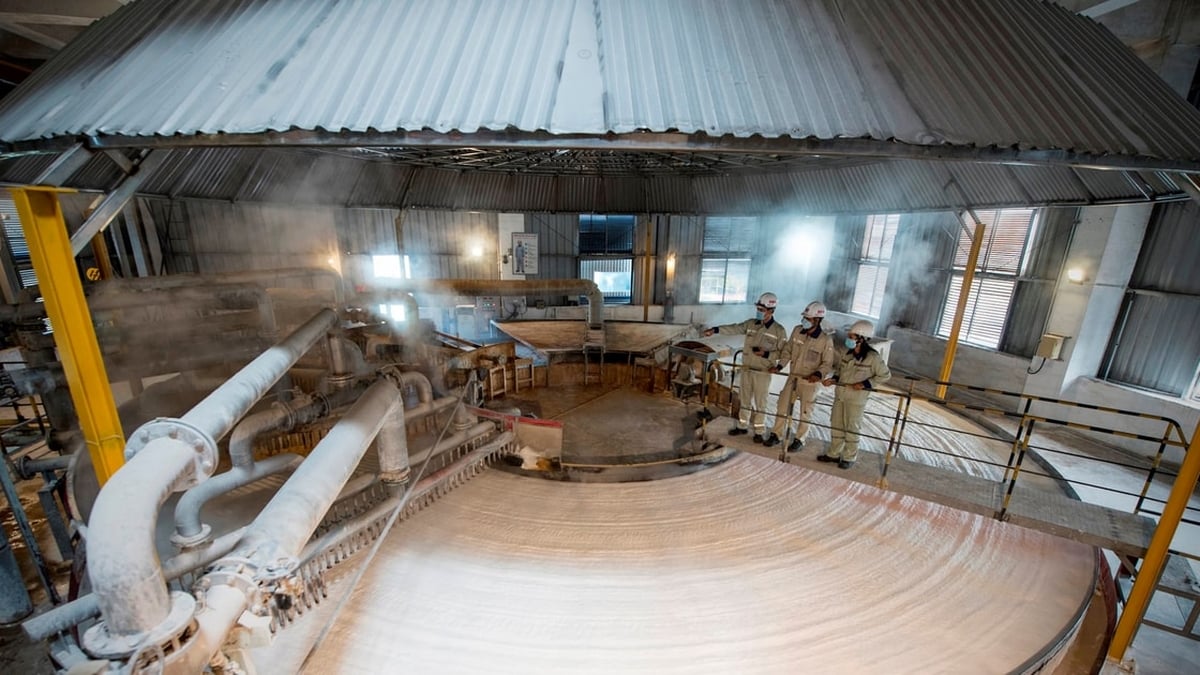
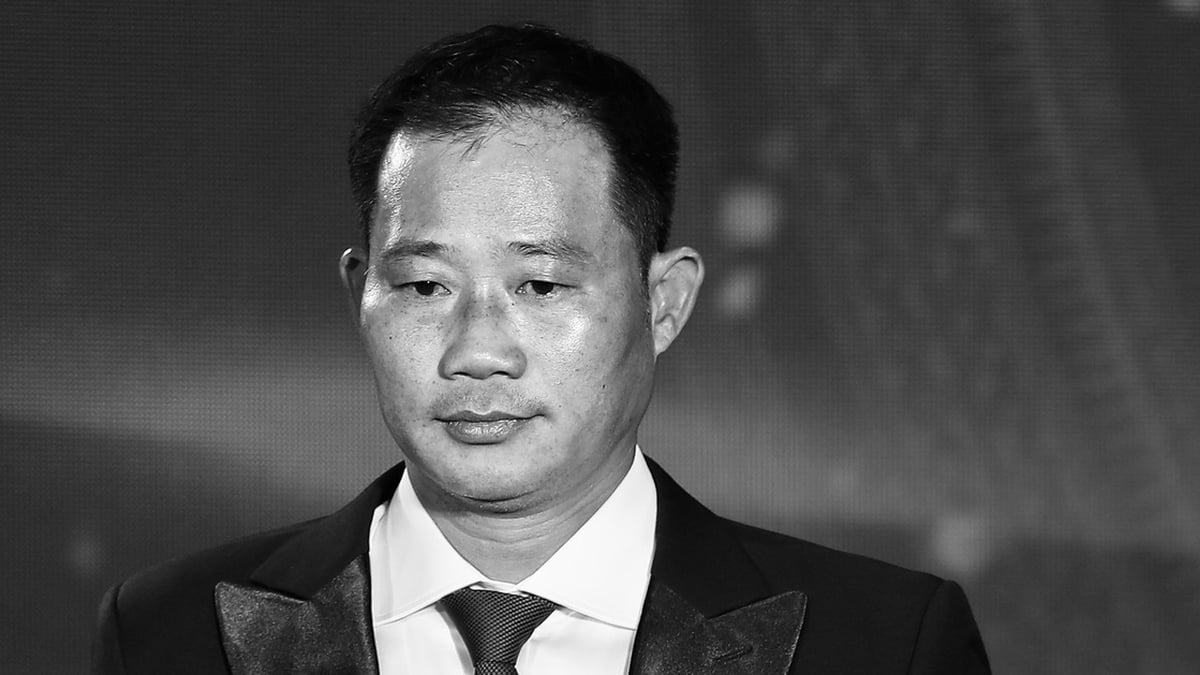


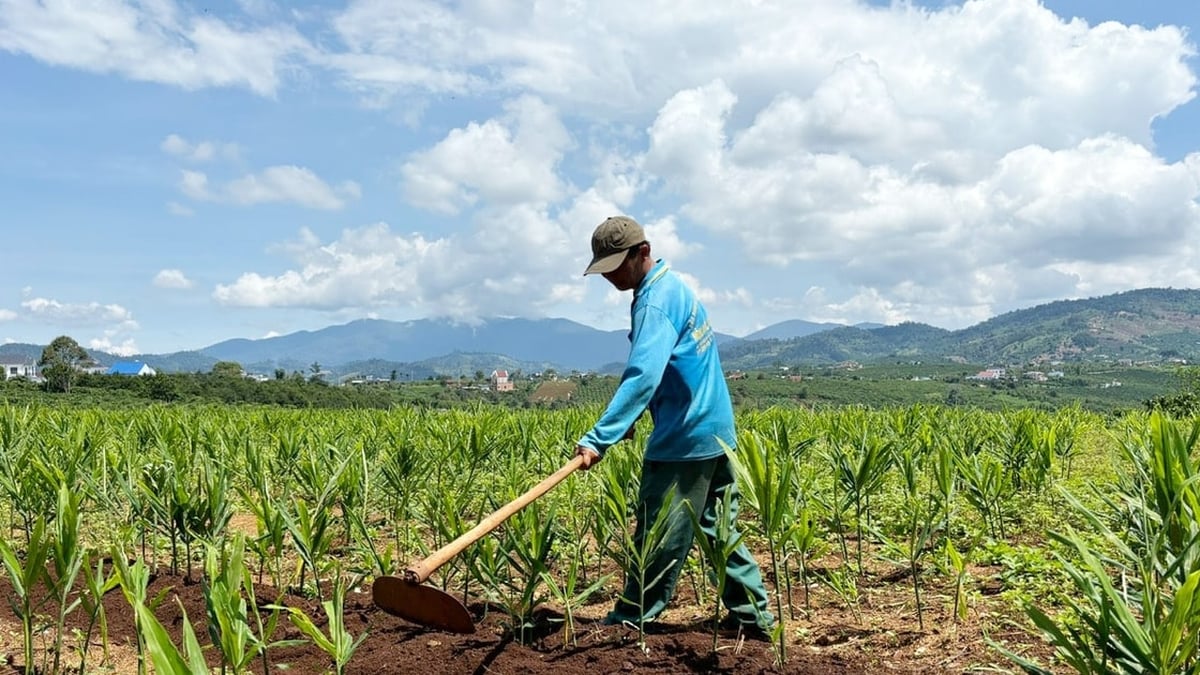
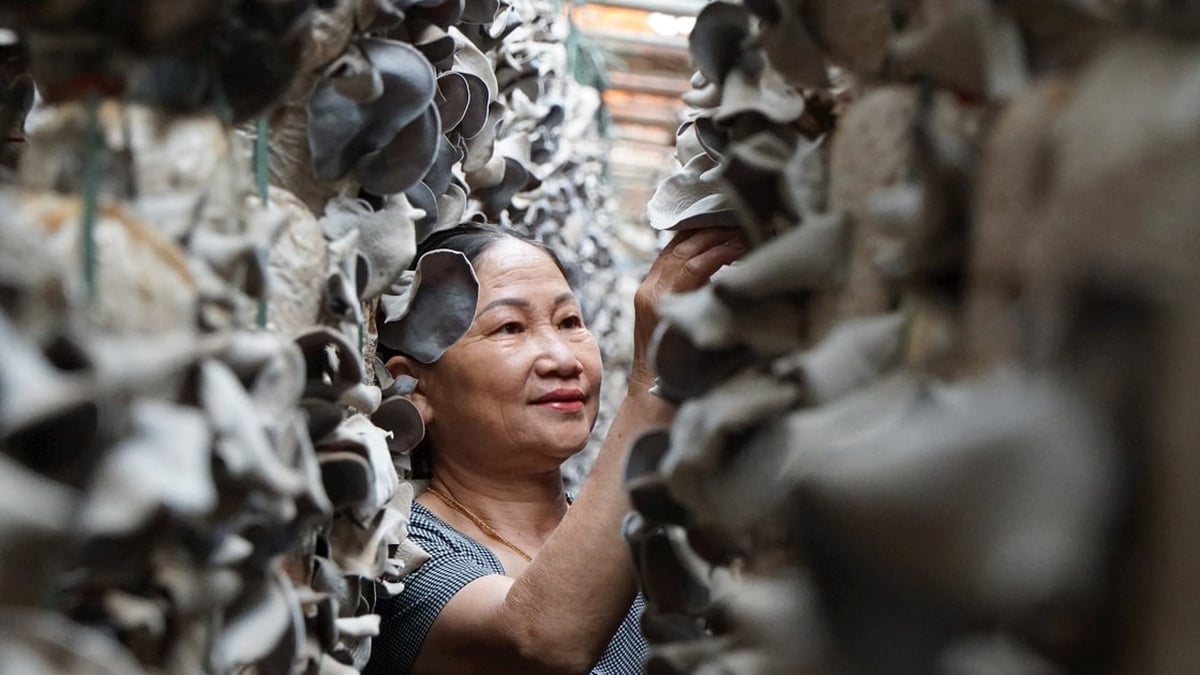
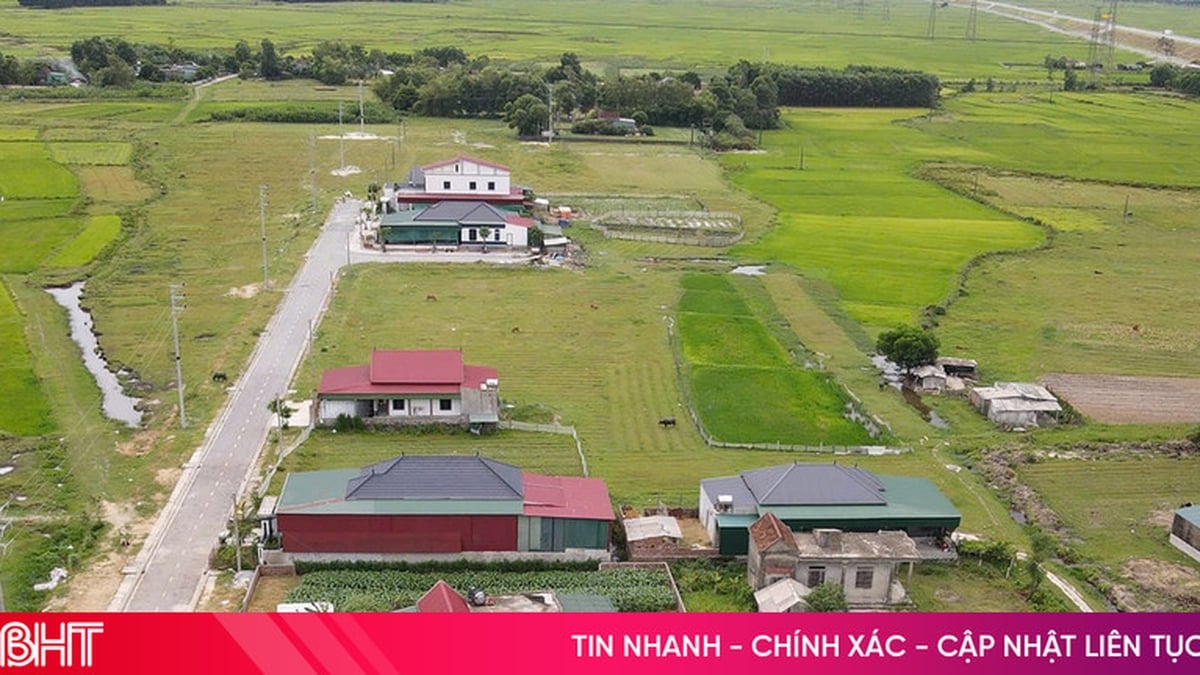

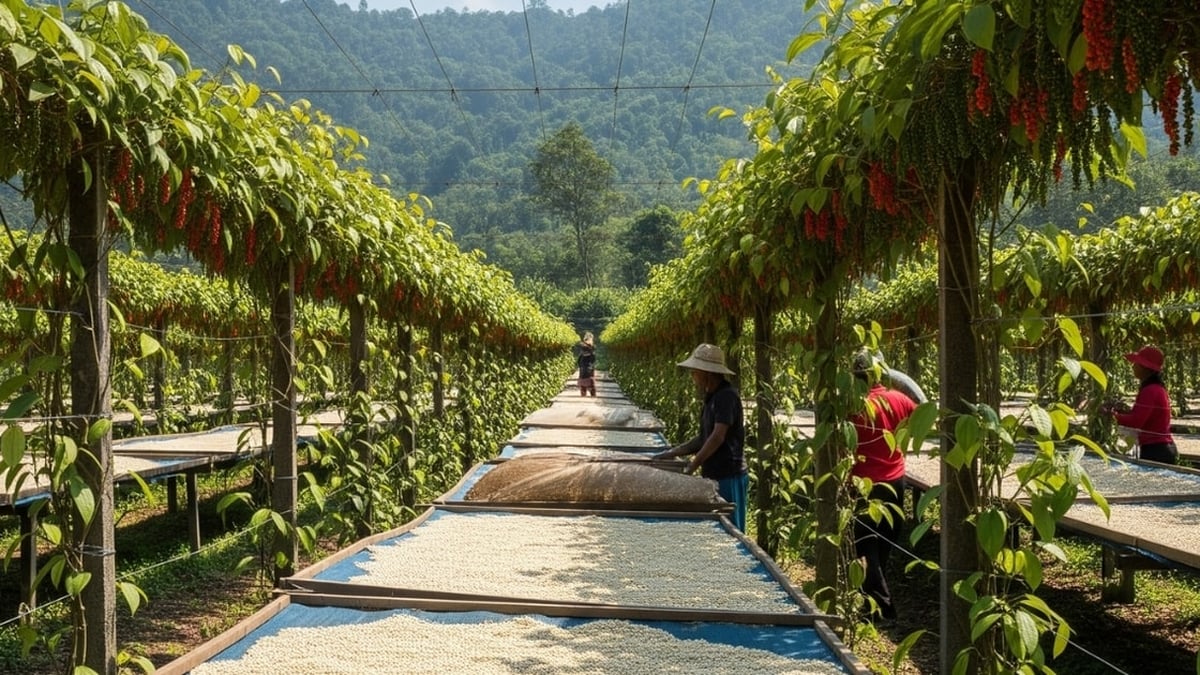
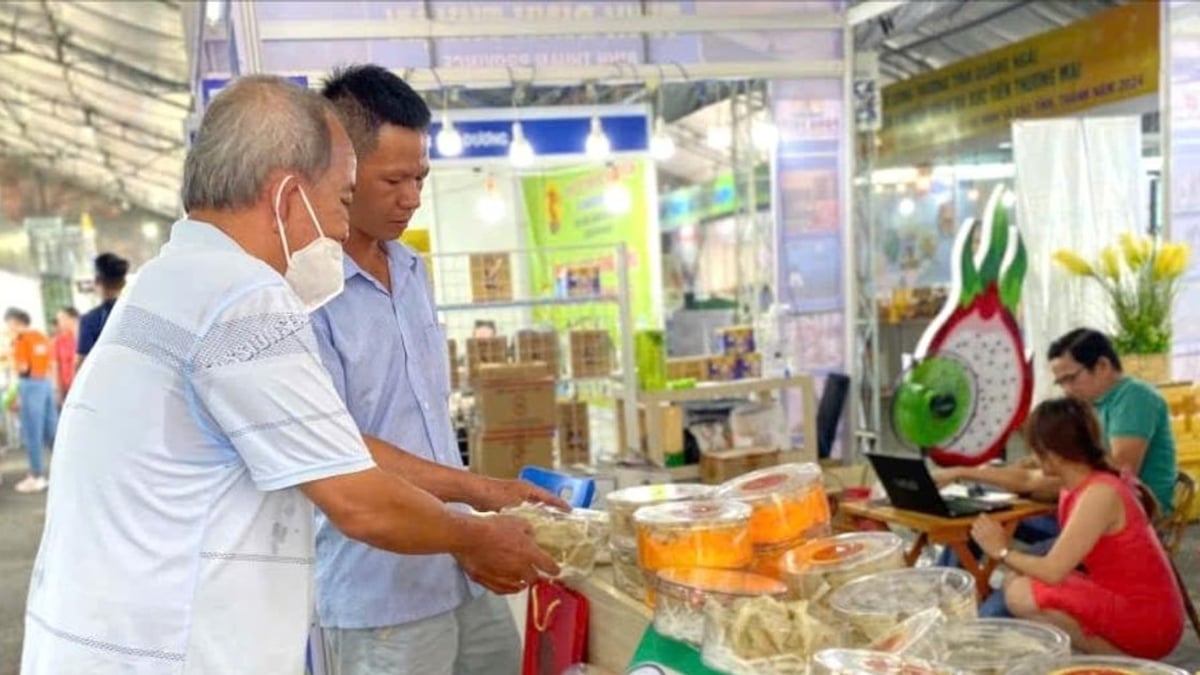










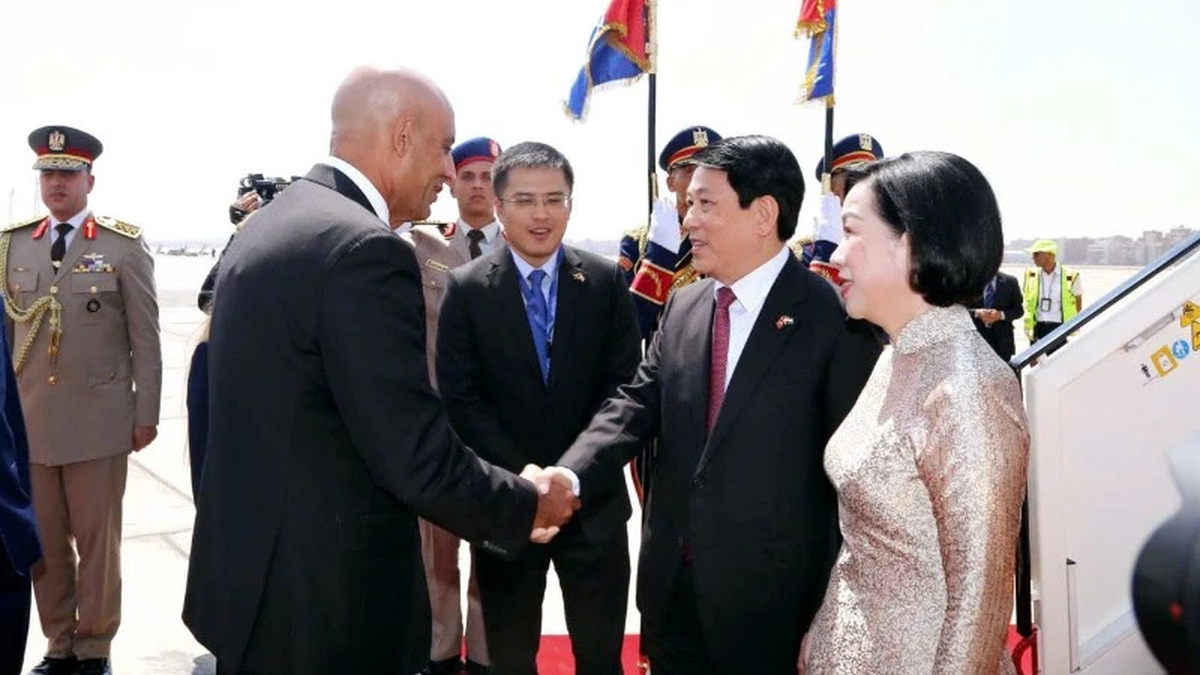


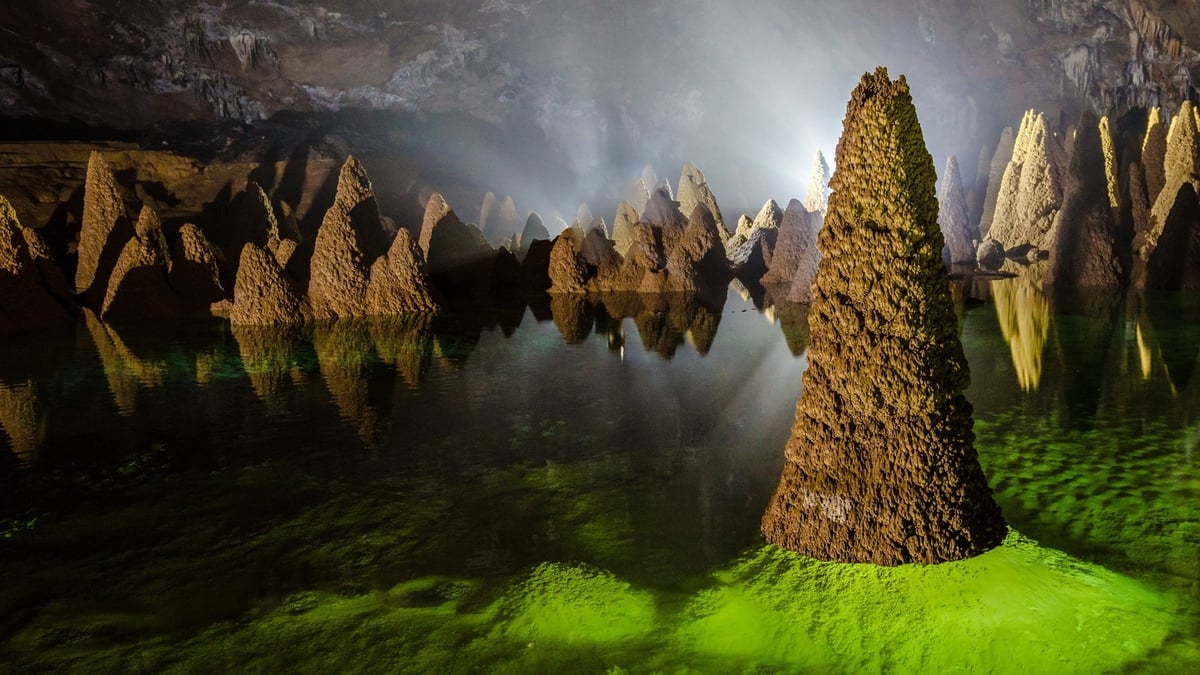










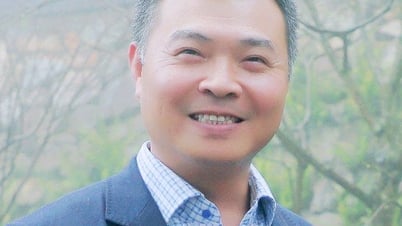

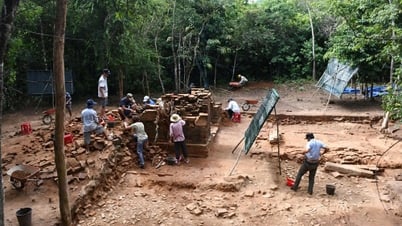
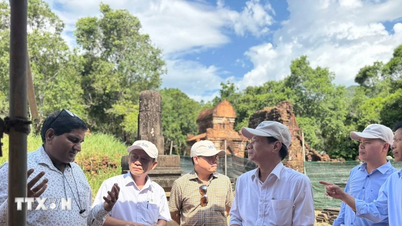


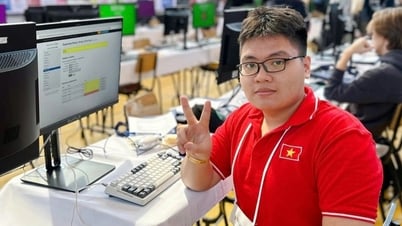

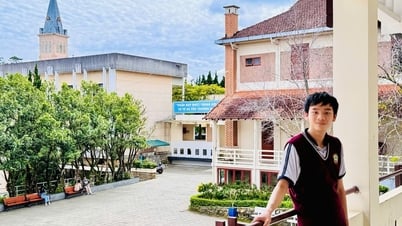

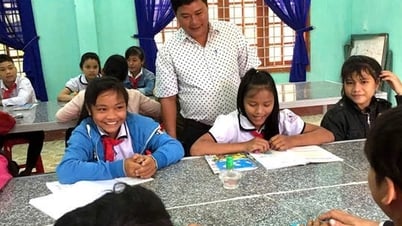

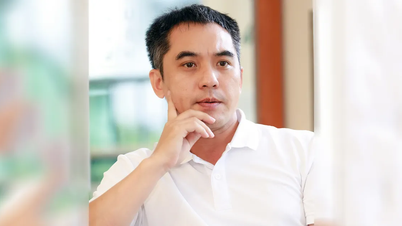

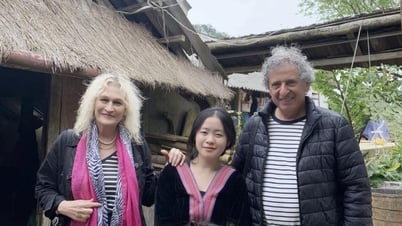


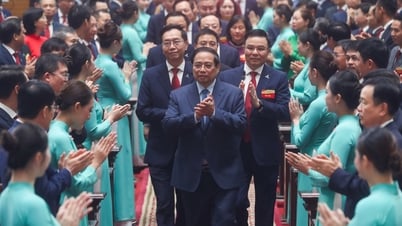








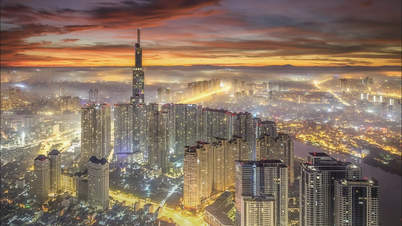

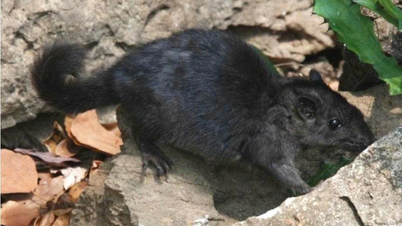
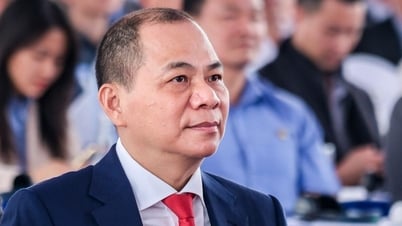
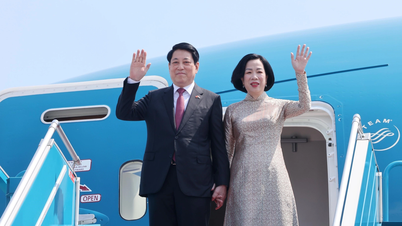



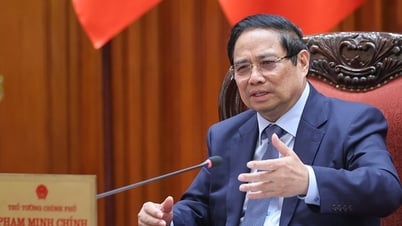


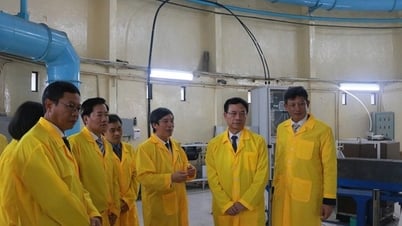

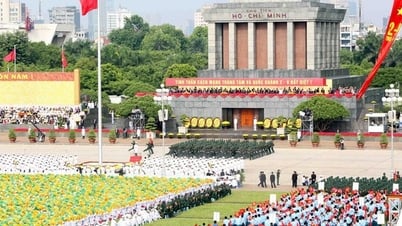






















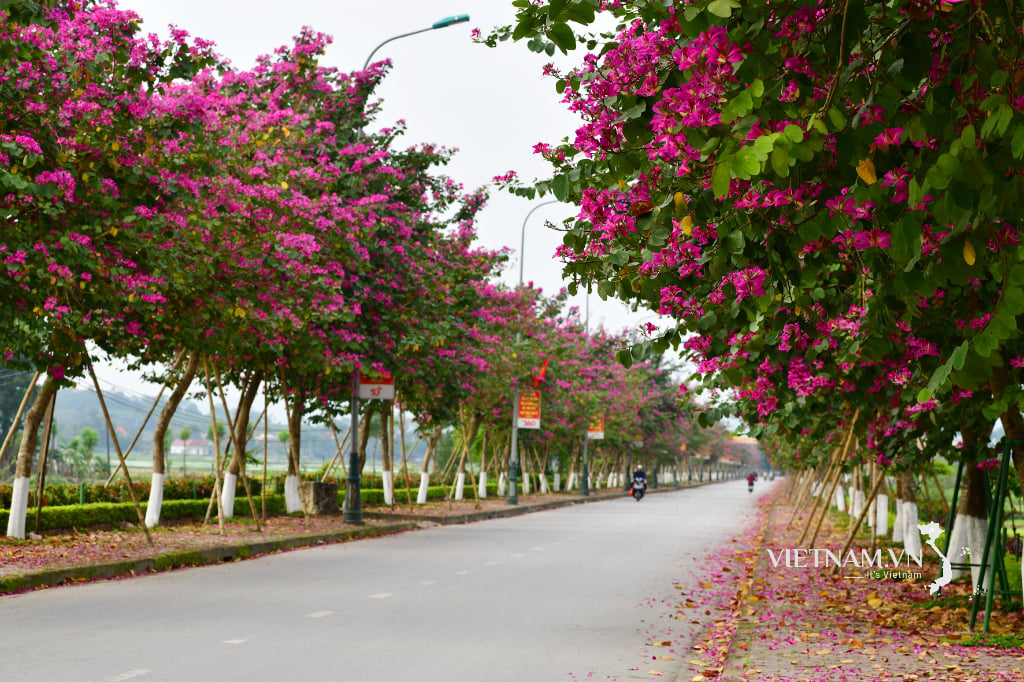

Comment (0)